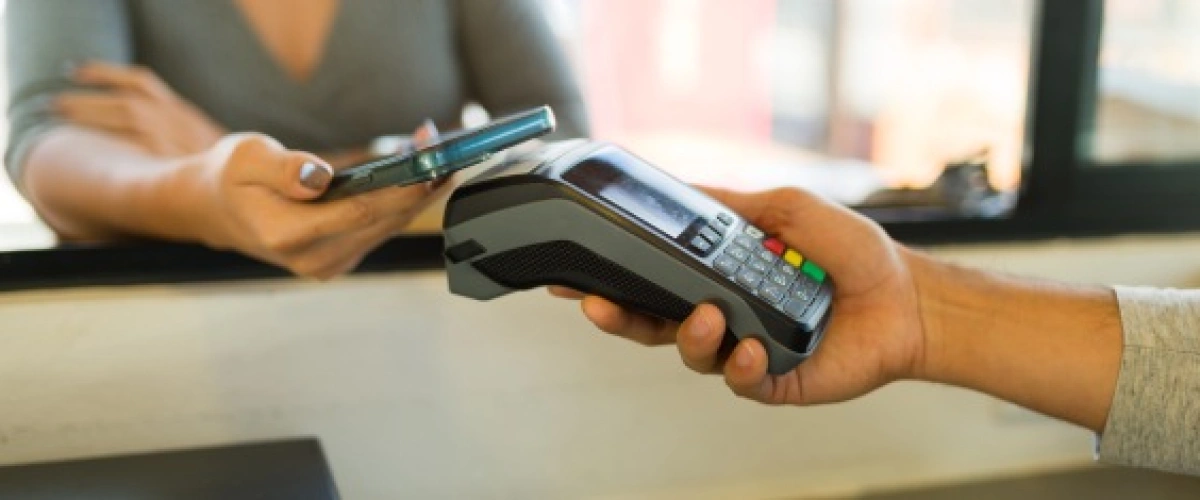Contactless payments have revolutionized the way we make transactions, providing a convenient, secure, and user-friendly way to pay for goods and services. With the rise of contactless payment technology, consumers can now make transactions without the need for cash, cards, or signatures.

_How Contactless Payments Work_
Contactless payments use Near Field Communication (NFC) technology to enable transactions between a payment device, such as a credit card or smartphone, and a payment terminal. When a consumer taps their payment device on a payment terminal, the NFC technology enables the transfer of payment information, allowing the transaction to be processed.
_Benefits of Contactless Payments_
1. _Convenience_: Contactless payments offer a convenient and hassle-free way to make transactions, eliminating the need for cash, cards, or signatures.
2. _Speed_: Contactless payments are faster than traditional payment methods, allowing consumers to quickly and easily make transactions.
3. _Security_: Contactless payments are secure, using advanced encryption and tokenization technology to protect payment information.
4. _Increased Efficiency_: Contactless payments can help businesses increase efficiency, reducing the time spent on processing transactions and improving customer satisfaction.
_Types of Contactless Payments_
1. _Contactless Credit and Debit Cards_: Many credit and debit cards now offer contactless payment capabilities, allowing consumers to make transactions by tapping their card on a payment terminal.
2. _Mobile Wallets_: Mobile wallets, such as Apple Pay, Google Pay, and Samsung Pay, allow consumers to make contactless payments using their smartphones.
3. _Wearable Devices_: Some wearable devices, such as smartwatches and fitness trackers, now offer contactless payment capabilities.
4. _Contactless Payment Stickers_: Contactless payment stickers can be attached to a consumer’s phone or wallet, allowing them to make contactless payments.
_Security Considerations_
1. _Tokenization_: Contactless payments use tokenization to replace sensitive payment information with a unique token.
2. _Encryption_: Contactless payments use advanced encryption technology to protect payment information.
3. _Secure Element_: Many contactless payment devices, such as smartphones and wearables, have a secure element that stores and protects payment information.
4. _Biometric Authentication_: Some contactless payment devices, such as smartphones and wearables, use biometric authentication, such as fingerprint or facial recognition, to secure transactions.
_Conclusion_
Contactless payments have transformed the way we make transactions, providing a convenient, secure, and user-friendly way to pay for goods and services. By understanding the benefits, types, and security considerations of contactless payments, consumers can make informed decisions and take advantage of this innovative payment technology.

Other stories
-
Digital Wallets: A Convenient and Secure Way to Make Transactions
-
Online Banking Platforms: A Convenient and Secure Way to Manage Your Finances
-
Mobile Banking Apps: A Convenient and Secure Way to Manage Your Finances
-
Investment Advice: A Comprehensive Guide to Making Informed Investment Decisions
-
Concierge Service Credit Card Benefits: Personalized Assistance


One thought on “Contactless Payments: A Convenient and Secure Way to Make Transactions”